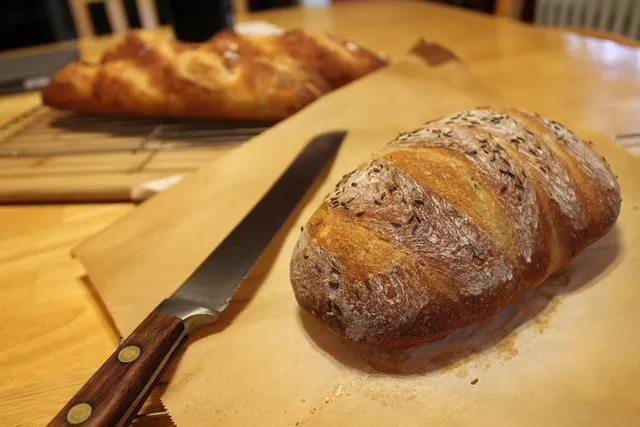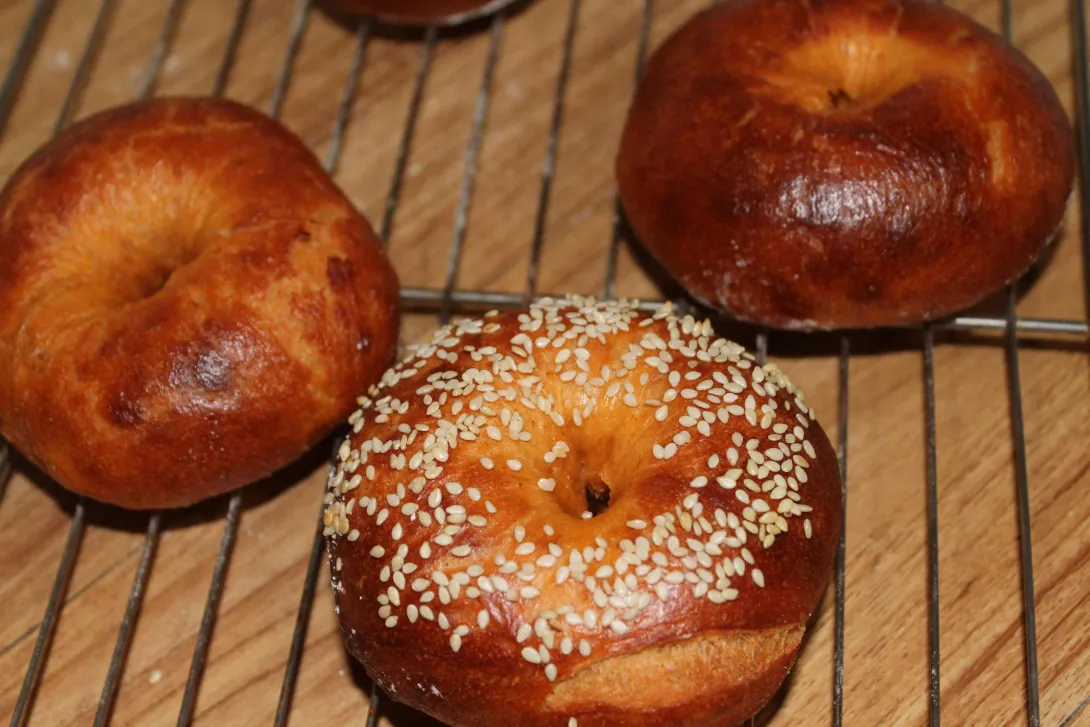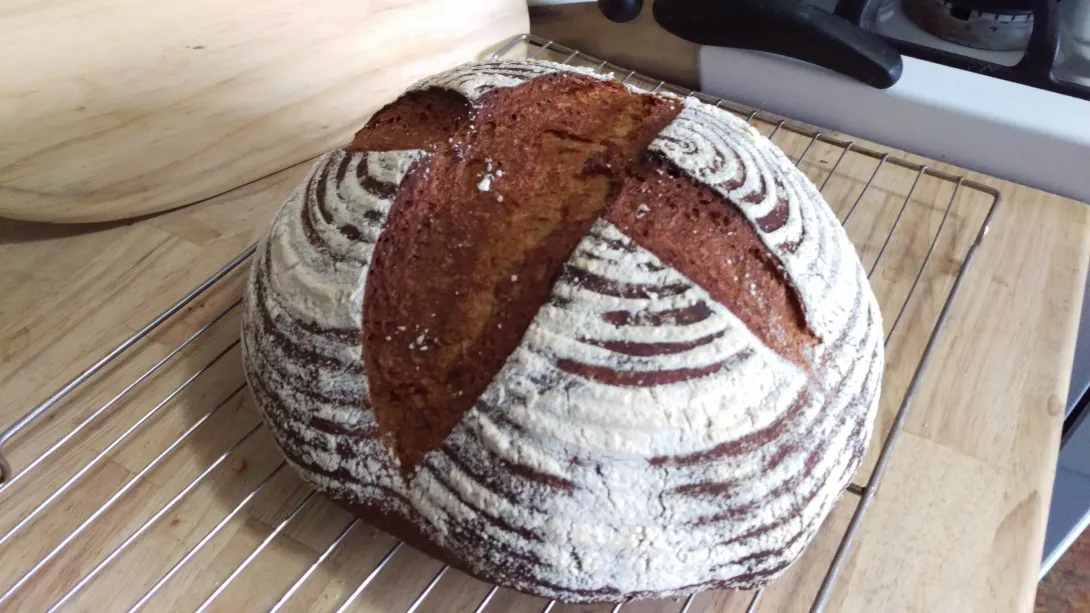T. Fargo's blog
The Quest for Better Bread part 2 (and book review)

Hello all at The Fresh Loaf. Here is yet another installment I have written from another site I use and share valuable information. I am happy to share with you all and welcome your input. This it the article written after putting my big boy bread britches on, sucking it up... and buying a book.
The Quest for Better Bread part 2 (and book review)
The Quest for Better Bread: Part 1

Weizen Brotchen - German everyday wheat rolls.
Smoked Salmon Pizza

Hello my friends at The Fresh Loaf. T here with another idea for you to try with your favorite pizza dough. This article was written back in 2012 and I have since become a much better bread baker, but don't be surprised that I used Store bought Pizza dough *GASP*!! I hope you enjoy!!
T's Sriracha Bagels

Hello all at thefreshloaf.com and thank you for allowing my participation on this extraordinary site. The following article is one I wrote on another site, using their format and must admit that I'm taking a shortcut to copy and paste it here in the interest of saving time. Though it is my first here, it is a continuance of several articles entitled Food Porn:_____ (fill in the blank with object of culinary desire). I am eager to share this recipe I developed for Sriracha Bagels, due to the lack of them on the market and my love for the spice (explained within).

